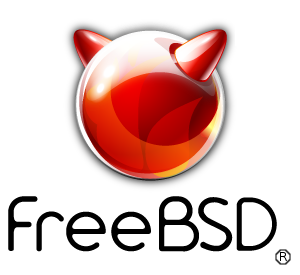freebsdrocks.net was started originally as nospam.mine.nu.
Log into ESXI and on the top right click the IP address of the host and click create new Virtual Machine.
On the next screen click Custom and click next.
Give the VM a unique name and click next. If you have multiple datastores I use datastore1-vmname and click next.
Under storage click the datastore you want the vm to be stored on and click next.
Under the virtual machine version make sure Virtual Machine Version:11 is highlighted and click next.
Under the guest operating system, click other and choose FreeBSD (64-bit) and click next.
This screen will vary from system to system and this will need to be determined by you. Change settings as needed and click next.
Memory size will also vary from system to system. The recommended size is 8GB but you can use as low as 1GB but this is not recommended by me. Click next.
Under the Network section I use the default settings. If you have multiple NICs in your server just change the number at the top. Click next.
The default SCSI controller is LSI Logic Parallel. Don't change this unless you know what you're doing. Click next.
Under the virtual disk for new setups the default create a new disk is fine. Click next.
Disk size is another variable that needs to be determined by you but I wouldn't recommend anything less than 50GB. Click next.
Under advanced options I typically don't change anything in this screen. Click next.
Click finish on the next screen and then at the bottom of the ESXI screen it will create the VM for you.
Now what you want to do is download the FreeBSD 11.2 ISO from this location:
ftp://ftp.freebsd.org/pub/FreeBSD/releases/ISO-IMAGES/11.2/FreeBSD-11.2-RELEASE-amd64-dvd1.iso
Once this is downloaded I would recommended uploading this file to one of your datastores and store it in an ISO folder. You can do this by clicking the IP address at the top left of ESXI and click the summary tab. Under storage towards the right, right-click the datastore you want to store the ISO in and click browse datastore. If you do not have an ISO Folder click the new folder at the top of the window and use ISO for the Folder Name. Click the ISO folder on the left and then click the upload icon (Drive with an arrow pointing up) and click the location where you saved the ISO on your local machine.
Once the ISO has been uploaded and the VM has been created we need to tell the FreeBSD VM where to look for the ISO. Right-Click the datastore1-vmname you created above and click edit settings. Choose the CD/DVD Drive and on the right check the box that says Connect at Power on (at the top) and under the Device Type click Datastore ISO File. Click browse and choose the location where you suploaded the ISO. Click ok at the bottom.
Once the ISO has been properly identified by the FreeBSD VM we can now start it. Right click the datastore1-vmname on the left select Power and click Power on. Your FreeBSD VM will now start. To view the console Right click the datastore1-vmname on the left and click open console. You should now see the installation window open up. Click inside the Window to access the console and continue with the installation on the following page:
Installing FreeBSD
